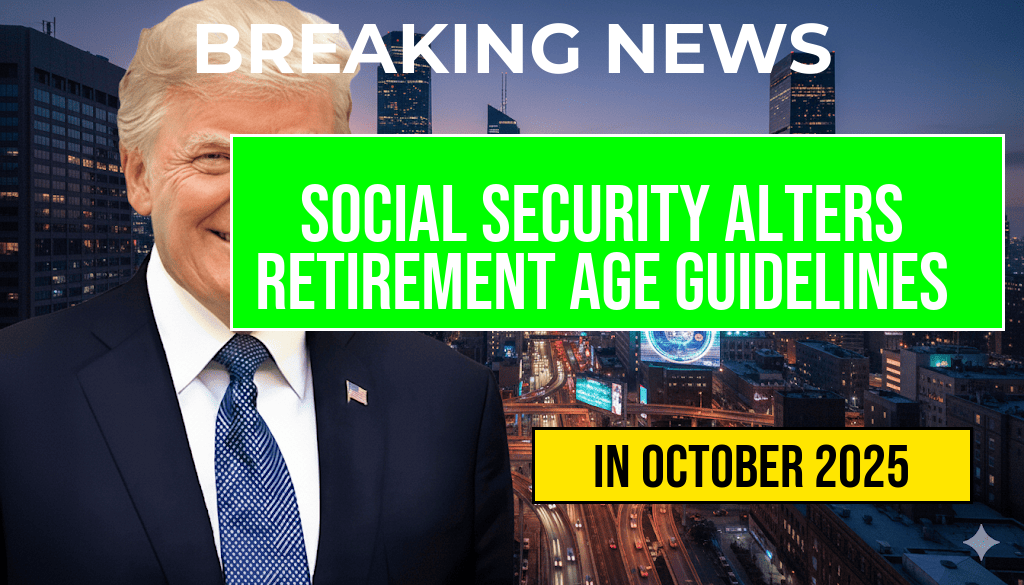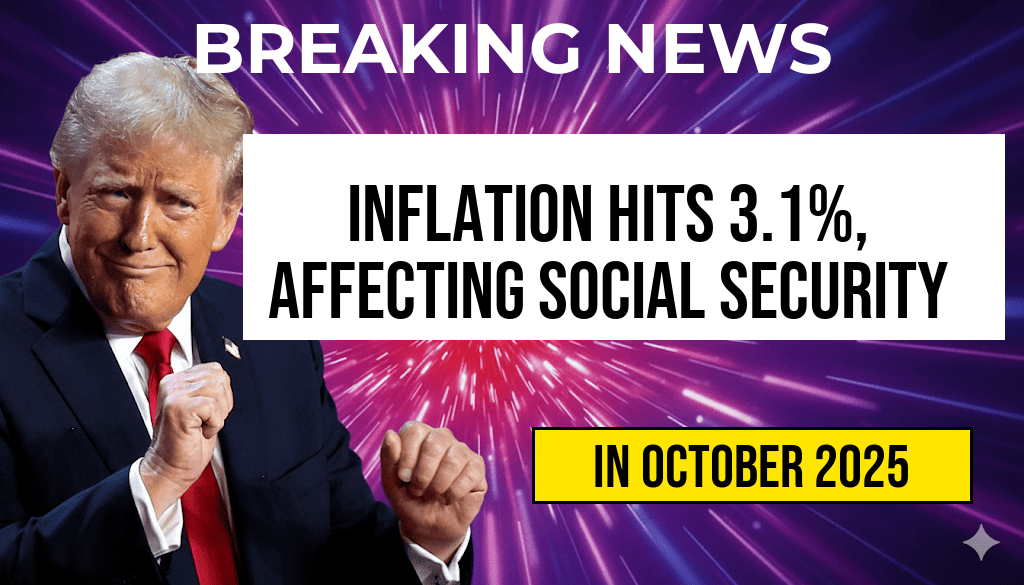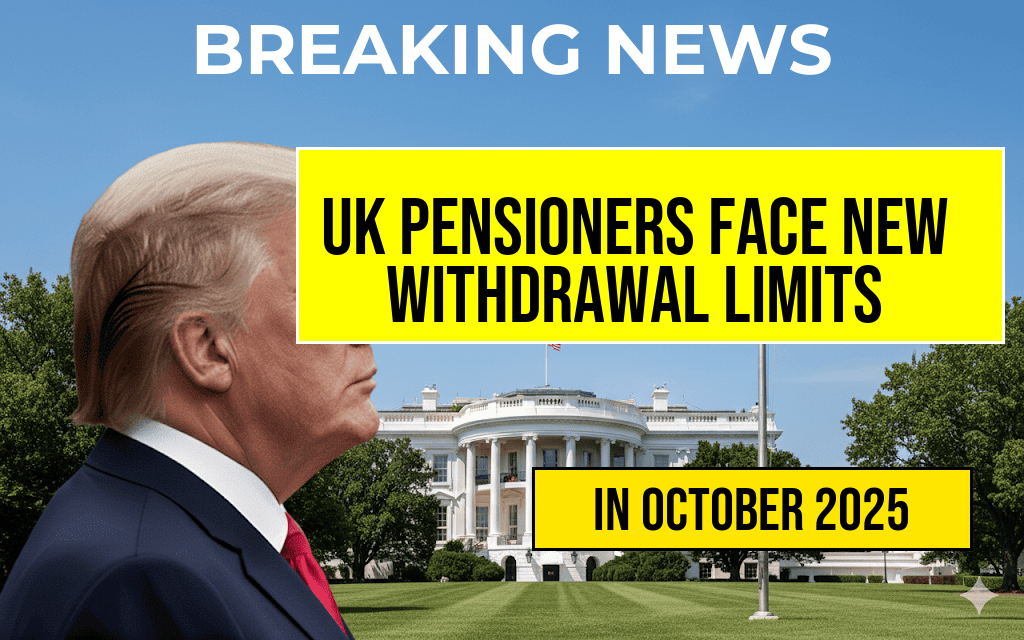The latest analysis from the Economic Policy Institute (EPI) reveals that new federal policies could lead to a significant decrease in middle-class incomes, with projections estimating a drop of approximately $1,300 by 2027. This forecast has sparked concern among economists and policymakers alike, who warn that such a decline could exacerbate existing economic inequalities. The report highlights that the impact will not be uniform across the board; lower-income households are expected to bear the brunt of these changes, potentially leading to a widening wealth gap in the coming years. As the middle class grapples with inflation and stagnant wages, the proposed policies are raising alarms about their long-term viability and effects on economic stability.
Understanding the Policies Behind the Projections
The policies in question encompass a range of legislative measures aimed at reforming tax structures, healthcare, and social safety nets. Analysts at the EPI cite several specific changes that are likely to influence income levels:
- Tax Reforms: Adjustments to tax brackets and deductions may disproportionately affect middle-income earners, reducing their take-home pay.
- Healthcare Costs: Potential cuts to healthcare subsidies could lead to higher out-of-pocket expenses for families, further straining budgets.
- Wage Stagnation: In the face of rising living costs, stagnant wages are expected to diminish purchasing power, impacting overall quality of life.
Economic Implications of Income Decrease
The anticipated reduction in middle-class income carries substantial implications for the broader economy. As spending power declines, consumer confidence may wane, leading to decreased demand for goods and services. This, in turn, could stifle economic growth and potentially lead to a recession.
Furthermore, if middle-class families find it increasingly difficult to meet basic needs, there could be a rise in reliance on social safety nets, placing additional strain on government resources. The ripple effects of these policies could extend beyond immediate financial concerns, affecting education, homeownership, and overall economic mobility.
Voices from the Community and Experts
Community leaders and economic experts are expressing their concerns over the projected income decrease. “The middle class is the backbone of our economy,” says Dr. Emily Sanders, an economist at Yale University. “If we continue to erode their financial stability, we risk jeopardizing the economic progress we’ve made over the past few decades.”
Local non-profit organizations are also voicing their worries. Many are preparing to increase their support services in response to the anticipated challenges faced by families. “We are already seeing families struggle to make ends meet. If these policies go through, we expect to see an increase in demand for food banks and financial assistance programs,” stated Maria Lopez, director of the Community Support Network.
Potential Solutions and Alternatives
As discussions around these policies continue, some advocates are proposing alternative approaches that could mitigate the negative impacts on the middle class:
- Progressive Tax Reforms: Implementing a fairer tax system that places a greater burden on wealthier individuals could help redistribute income more equitably.
- Investment in Education and Training: Focusing on workforce development and skill-building initiatives could empower workers to secure better-paying jobs.
- Enhanced Healthcare Coverage: Expanding access to affordable healthcare could alleviate financial pressure on families, allowing them to allocate more funds towards essential needs.
Looking Ahead: The Road to 2027
As 2027 approaches, it remains crucial for policymakers to consider the long-term implications of their decisions on middle-class families. The current trajectory suggests a challenging landscape for many, but with proactive measures and community engagement, there is potential for positive change.
For further insights on the economic landscape and the impact of federal policies, you can refer to the Economic Policy Institute’s report on income trends [here](https://www.epi.org/publication/income-inequality-in-the-united-states/), or explore more about the implications of tax reforms on middle-class households [here](https://www.forbes.com/sites/forbestechcouncil/2021/06/30/how-tax-reforms-will-impact-middle-class-americans/?sh=3d6e631b7c53).
Frequently Asked Questions
What are the new policies that are projected to reduce middle class income?
The new policies include changes in tax rates, adjustments to social security benefits, and increased regulations on various industries that are expected to impact the middle class financially.
How will middle class income be affected by these policies?
According to projections, the middle class could see a decrease in their annual income by approximately $1,300 by the year 2027 due to these policies.
Who will be most affected by the projected income reduction?
The middle class, particularly families and individuals with stable but modest incomes, are anticipated to be the most affected demographic by this income reduction.
What can middle class families do to mitigate the impact of these policies?
Middle class families may consider exploring options such as increasing their financial literacy, adjusting their budgets, and seeking additional sources of income to help mitigate the impact of the projected income reduction.
Are there any advocacy groups addressing these policy changes?
Yes, several advocacy groups are actively working to address the potential negative impacts of these policies on the middle class and are lobbying for changes to protect their interests.











